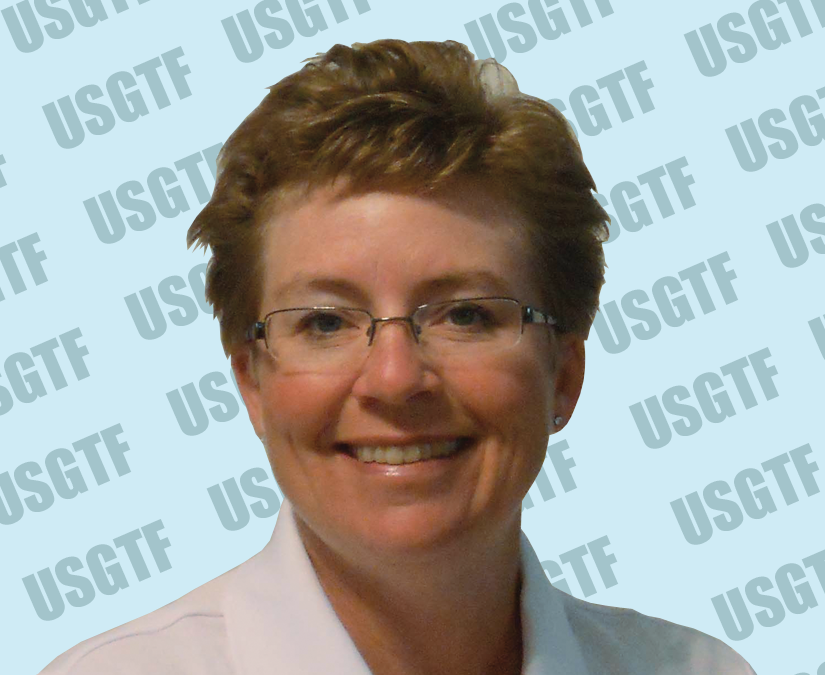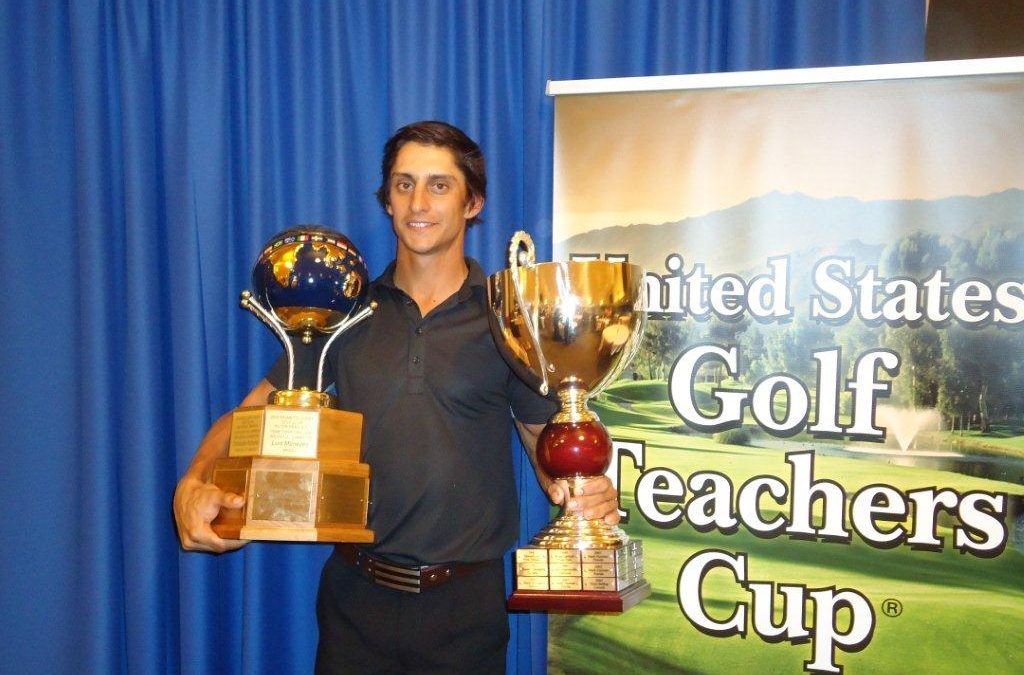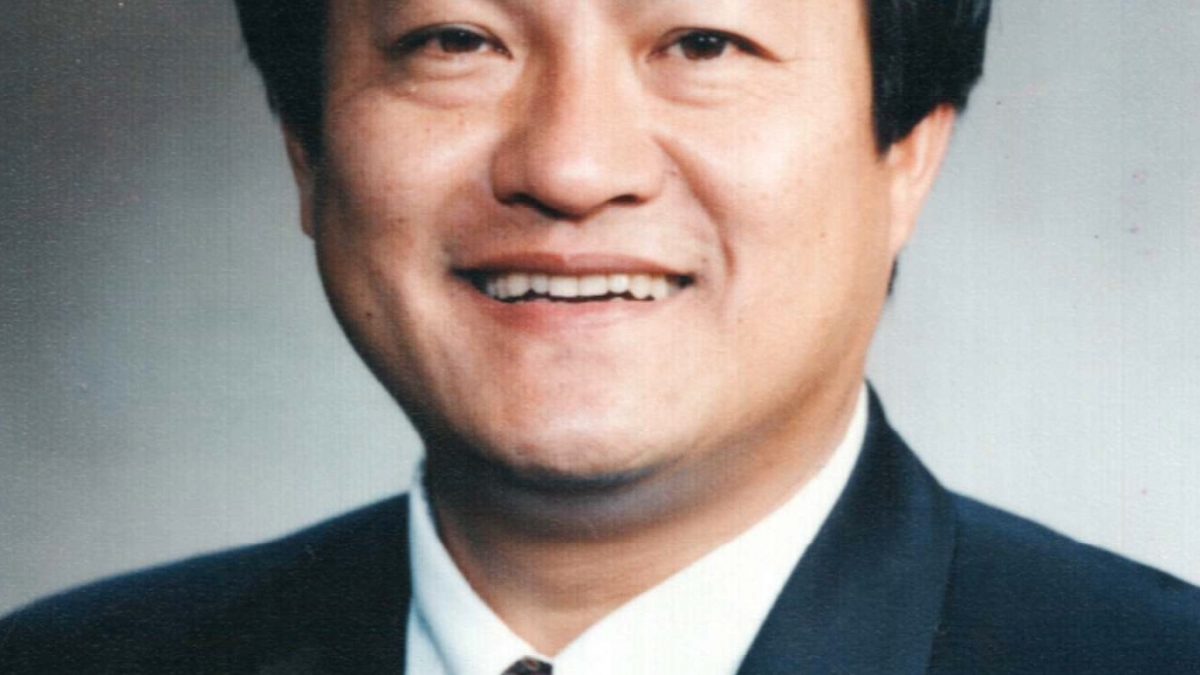Blog
PEAKS & VALLEYS
It’s human nature to grasp the moments that give us pleasure and to hope that we could live in that feeling. Unfortunately, our journey in golf is likely to have as many down moments as moments of brilliance. The key is to learn to enjoy the bad as much as the good.
I teach my students that the “valley” they will experience is the real opportunity to learn what our weaknesses are. Honest self-analysis is the greatest talent we can have in golf (or life, for that matter.) A slump is an opportunity that will allow us to rise to a peak we have never known. Tour pros understand this necessary process for long term improvement.
Once, Seve Ballesteros was asked how he could hit the ball so wildly and still score well enough to win tournament and he answered, “I suffer better than other golfers.” Therein is the essence of how attitude builds the heart of a champion.
Hogan spoke of “digging it out of the dirt,” and his message was the joy of working to find the truth, in the face of a huge “valley,” and the strength gained that will bring us to the highest “peak.”
Some of the greatest buckets of balls I have ever hit came in the second half of a bad bucket.









